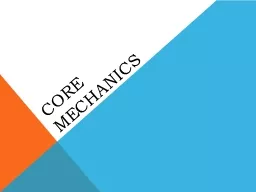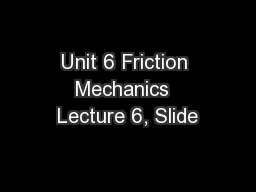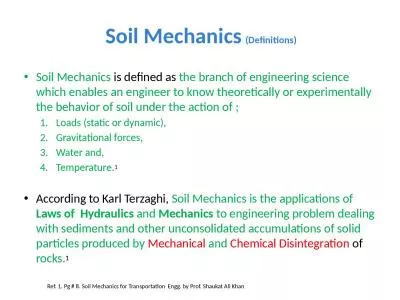PPT-1 Integration and Pixel Mechanics
Author : briana-ranney | Published Date : 2016-06-19
Progress 27April 2011 HFT Mechanics Meeting E Anderssen LBNL Pixel Carriage Test Stand for Carriage Insertion Fshaped supports part of Box in which detector will
Presentation Embed Code
Download Presentation
Download Presentation The PPT/PDF document "1 Integration and Pixel Mechanics" is the property of its rightful owner. Permission is granted to download and print the materials on this website for personal, non-commercial use only, and to display it on your personal computer provided you do not modify the materials and that you retain all copyright notices contained in the materials. By downloading content from our website, you accept the terms of this agreement.
1 Integration and Pixel Mechanics: Transcript
Download Rules Of Document
"1 Integration and Pixel Mechanics"The content belongs to its owner. You may download and print it for personal use, without modification, and keep all copyright notices. By downloading, you agree to these terms.
Related Documents



